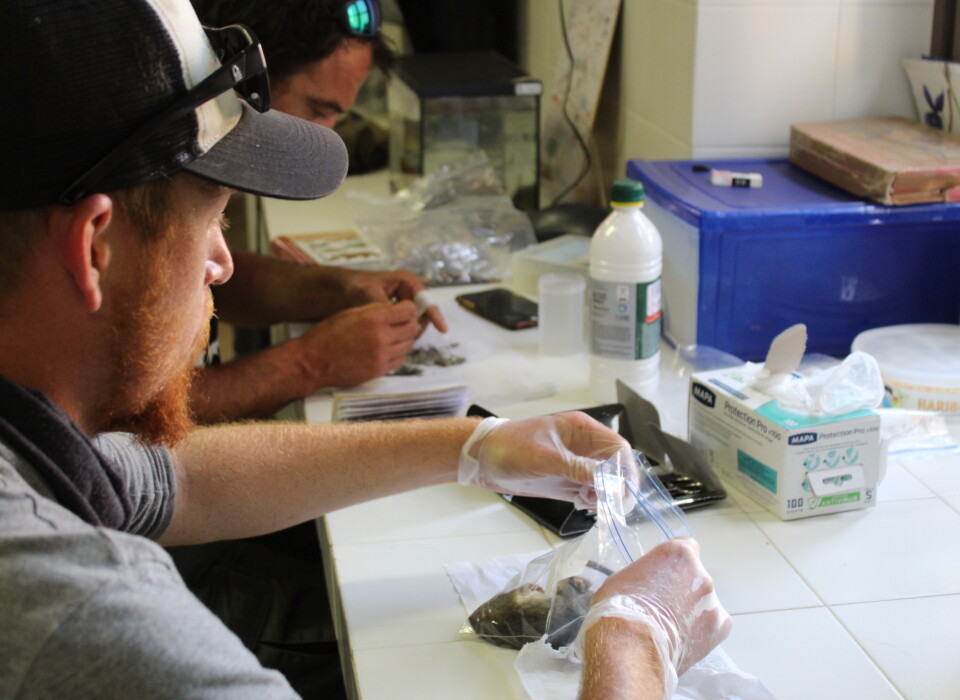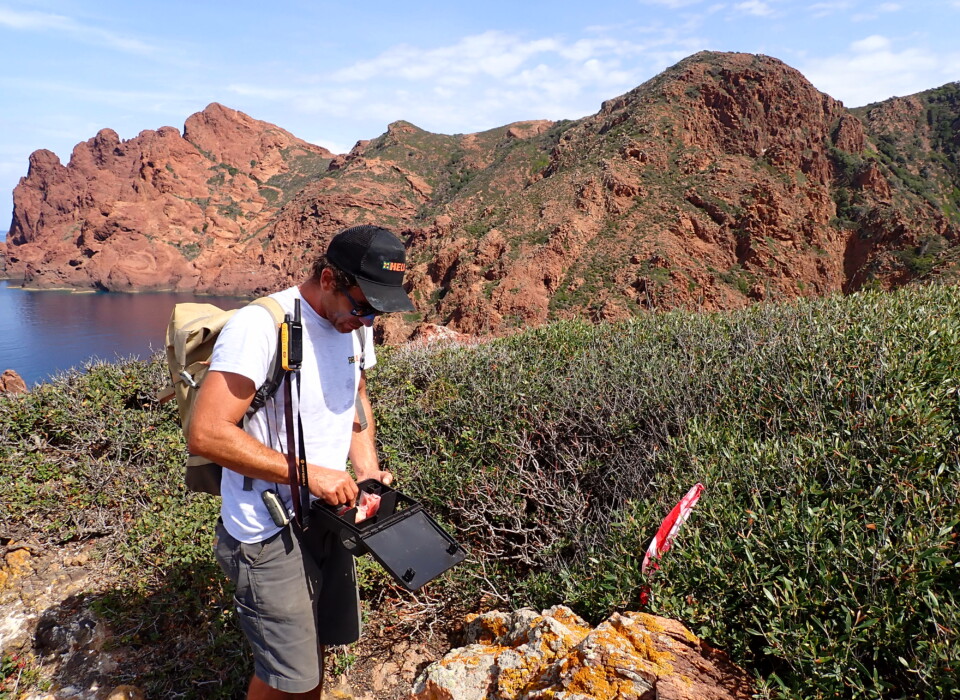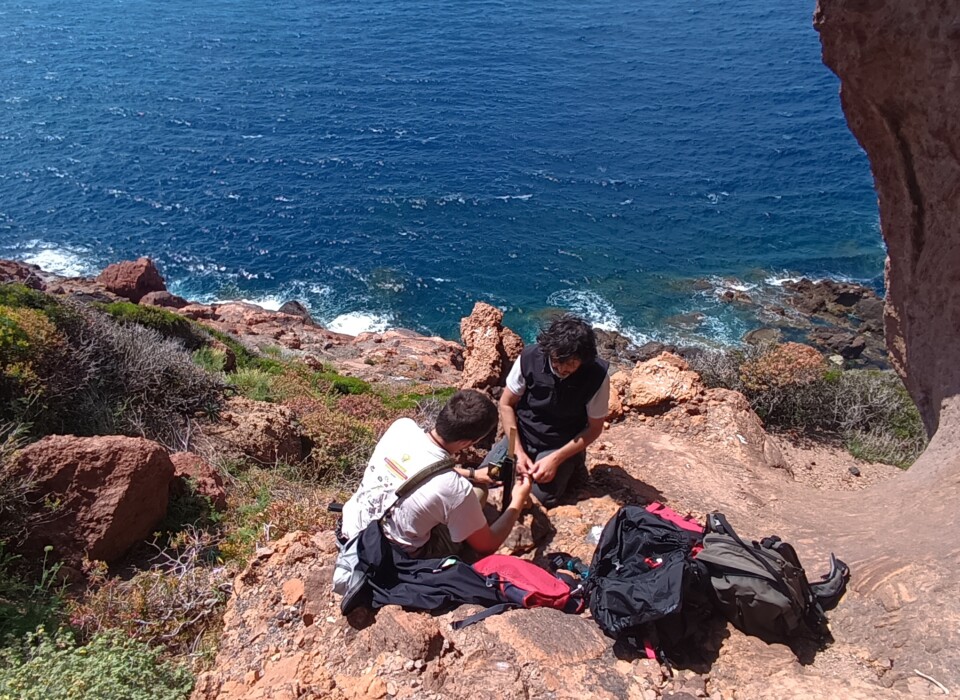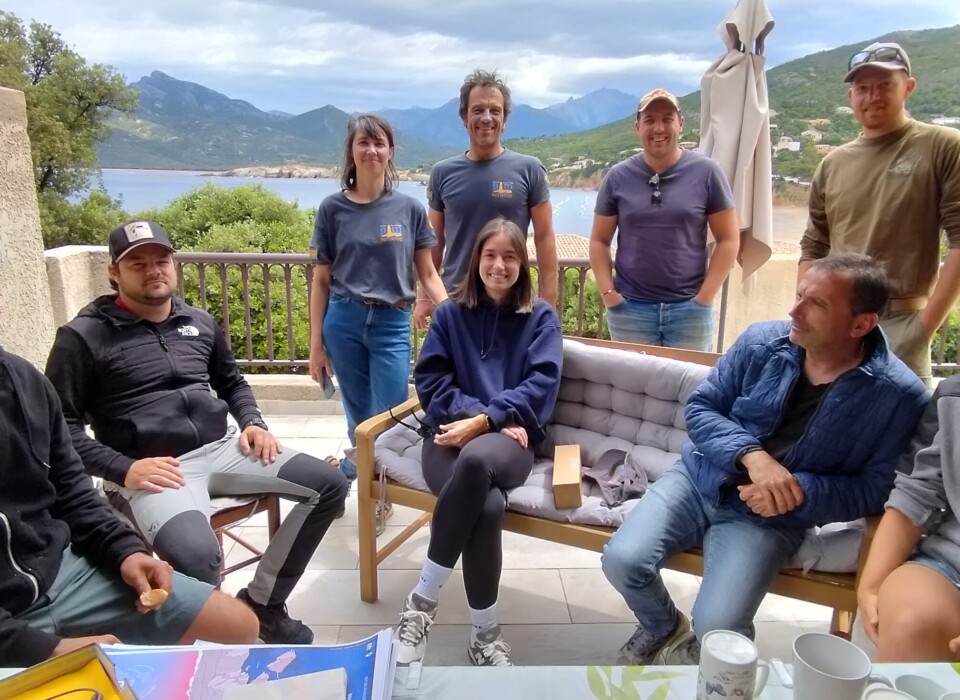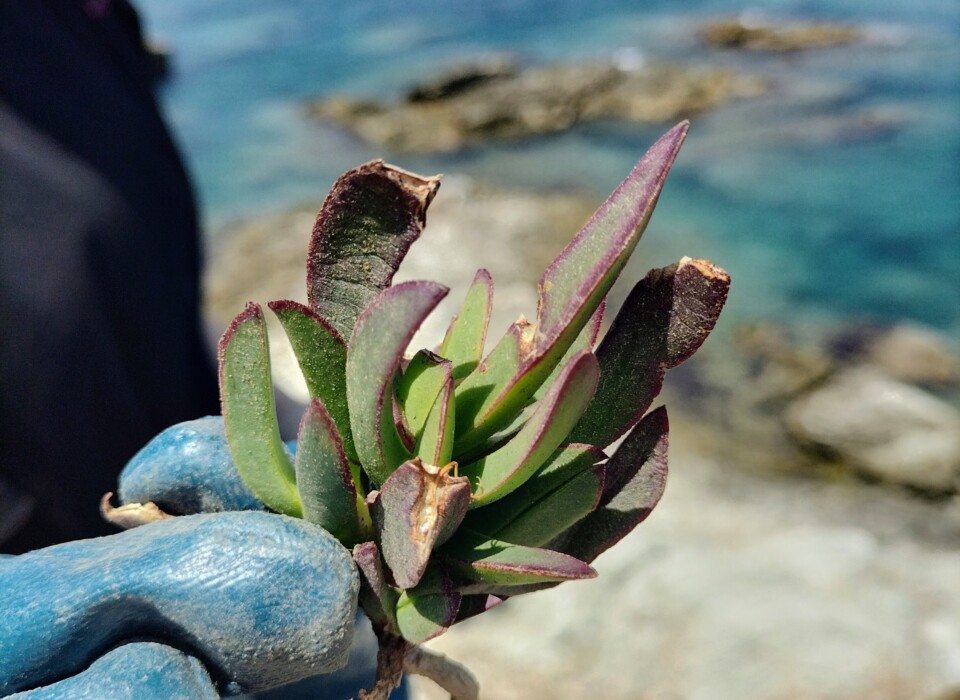Invasive species are one of the main threats to island environments. PIM Initiative has therefore been commissioned by the French Biodiversity Office to draw up a strategy to combat invasive species that have a negative impact on heritage seabird species on the islands and islets of the Provence-Alpes-Côte d’Azur (PACA) region in 2018, and then in 2022-2023 on the outlying islets of Corsica.
These strategies, which have been validated by government departments, are in line with the objectives set out in the Marine Environment Strategic Framework Directive, and are based on the islands database created by the PIM Initiative, on the compilation of data carried out previously as part of the Atlas project, on exchanges with experts from the PIM network, in particular the National Parks of the Provençal coastline and the managers of island areas in Corsica, and on diagnostics and monitoring carried out in the field. They are now being deployed in Corsica and the PACA region.
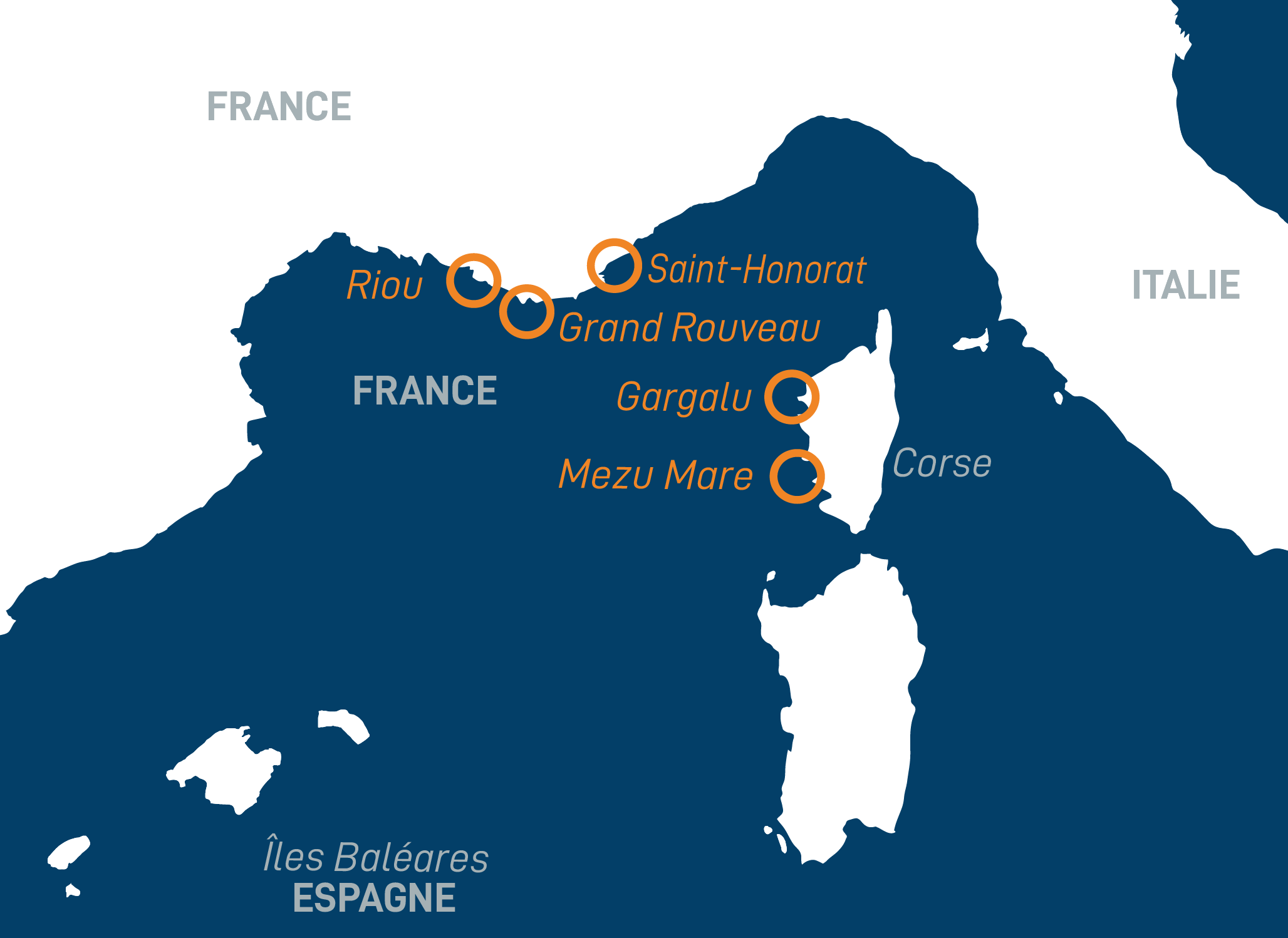
ACTIONS
In May 2024, the teams mobilised by PIM Initiative and accompanied by local managers (Parc naturel Régional de la Corse, Syndicat mixte du Grand Site des Iles Sanguinaires et de la pointe de la Parata, etc.) jointly carried out new missions on the outlying islets of Corsica in order to assess the effectiveness of the operations carried out in 2023 within the Scandola Nature Reserve, and to plan the future operation planned for the Sanguinaires archipelago in 2025.
The latter is planned as part of the LIFE Mobile Marine Species project, co-funded by the European Union and with which PIM is associated. These teams include HELP SARL, the company responsible for deploying the eradication system, and other experts from the PIM network in charge of naturalist monitoring, who have implemented different actions in different areas, depending on the stage of progress in the Black Rat (Rattus rattus) eradication process.
Checks on the effectiveness of the rat eradication carried out in September 2023 in the Scandola Nature Reserve have confirmed that the eradication carried out last year on two islets was a success! Monitoring of the Scopoli shearwater colony in the autumn should enable us to assess the positive impact of this measure on breeding success. On the Sanguinaires, where deratting is planned for autumn 2025, the experts involved looked at the steps to be taken to prepare for it: naturalist inventories to assess the initial state of the local ecosystem, a feasibility study and maps of the spots to be targeted for setting traps. These actions have a common objective: to protect colonies of nesting seabirds, whose survival is threatened by these invasive rodents, which attack eggs and chicks and cause disturbance, forcing adults to abandon their nests.
Similar measures to combat invasive species are also being considered and are currently under study on certain islands in the Provence-Alpes Côte d’Azur (PACA) region.
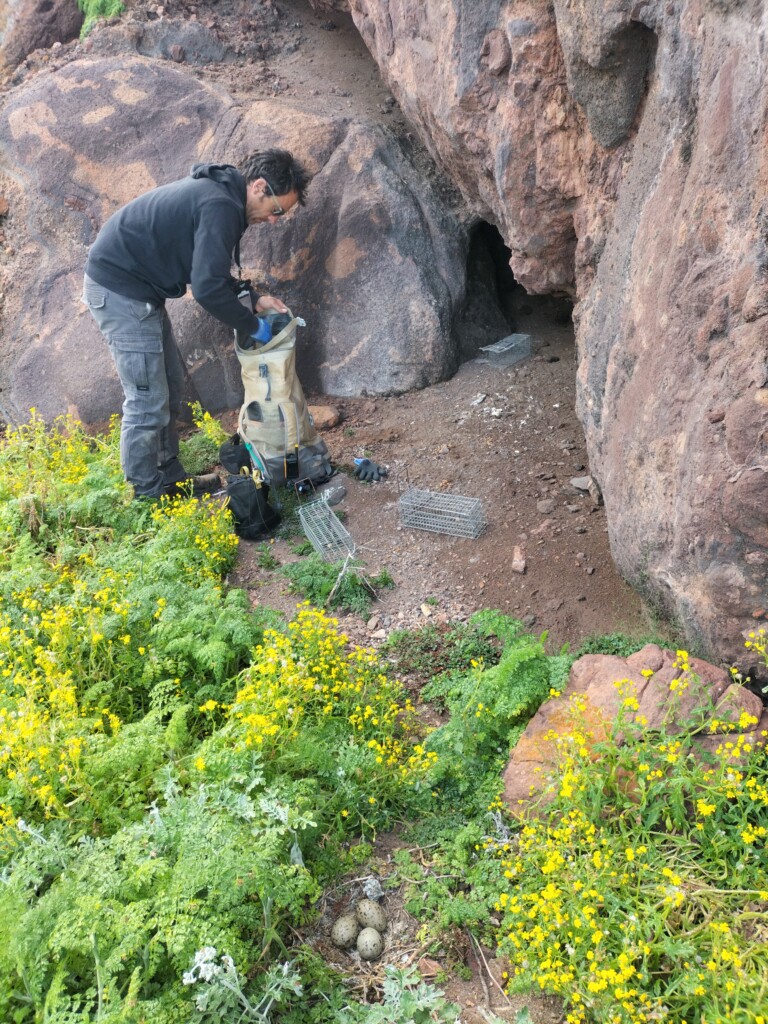
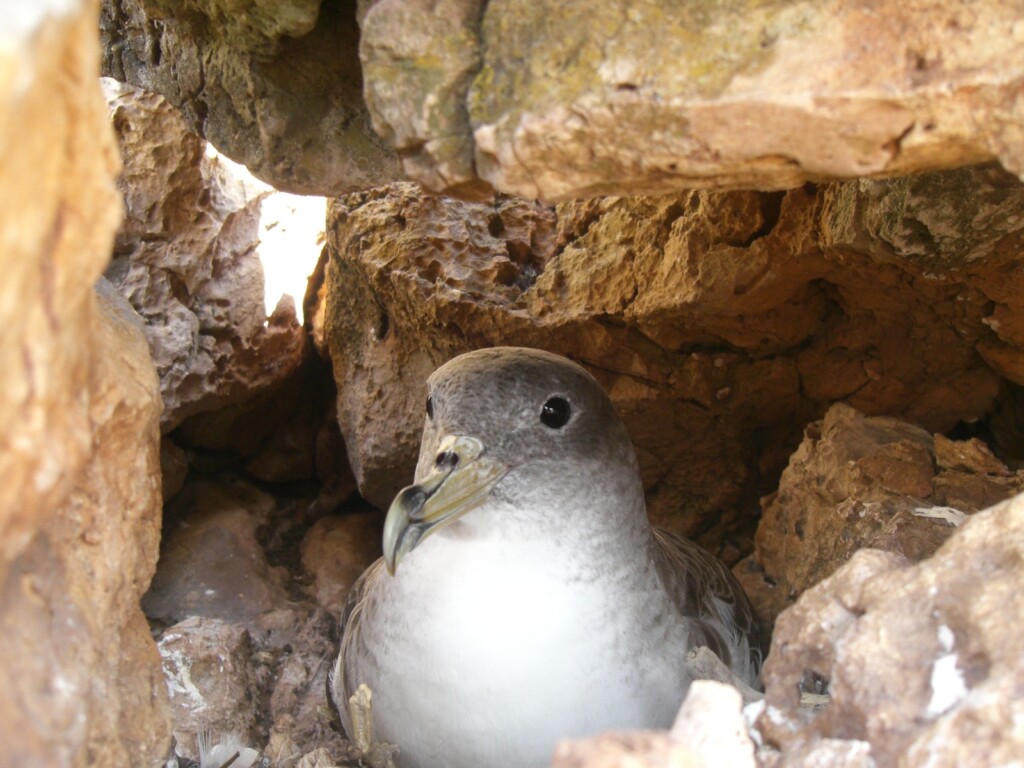

In order to acquire sound data on biodiversity, acoustic sensors have been installed in the Sanguinaires archipelago. These sensors are always positioned so as not to record human conversations, and if this is the case, an automated voice suppression system is used. This information is provided in strict compliance with European data protection regulations (RGPD).
For more information, please contact Biophonia contact@biophonia.fr
Similar measures to combat invasive species are also being considered and are currently under study on certain islands in the Provence-Alpes Côte d’Azur (PACA) region.





